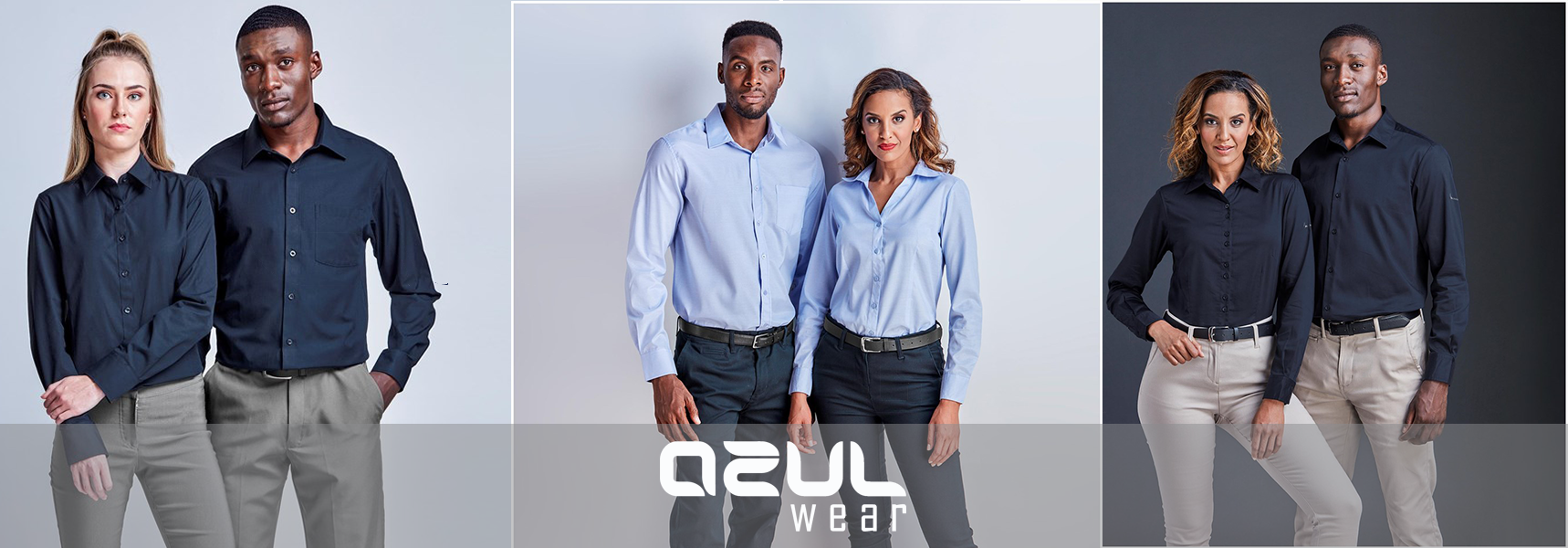A Guide to Choosing Weather-Appropriate Branded Clothing Materials
Recognizing Apparel: The Importance of Fabric Selections in Your Wardrobe
The selection of material in clothing plays a critical duty in both visual appeals and functionality. Different materials offer differing degrees of durability, comfort, and breathability, straight affecting the wearer's experience. Comprehending these subtleties can boost one's closet noticeably. Yet, many ignore just how these options can influence not simply personal design, yet likewise sustainability. What textile decisions could redefine your wardrobe and straighten it with both design and duty?
The Role of Textile in vogue and Functionality

Typical Fabric Kinds and Their Qualities
When selecting apparel, understanding the characteristics of common fabric types is necessary for making notified options. Cotton, a widely-used natural fiber, is recognized for its soft qualities, flexibility, and breathability, making it suitable for informal wear and daily garments. Linen, another all-natural alternative, flaunts exceptional moisture-wicking residential properties and an unique structure, suitable for cozy climates.Wool, commonly favored for its warmth and toughness, varies in excellence; merino wool is soft versus the skin, while coarser kinds are made use of for outerwear. Synthetic fabrics like polyester and nylon provide resilience and resistance to creases, making them preferred for activewear and travel garments. Ultimately, blends, which integrate synthetic and all-natural fibers, can boost capability while maintaining comfort. By identifying these material attributes, people can choose garments that lines up with their way of living and aesthetic preferences.
Breathability and Comfort: Picking the Right Fabrics for Different Environments
Choosing the best textiles for numerous environments can significantly enhance comfort and total wearability. Breathable products are necessary in warm environments, as they allow air circulation and moisture evaporation. Fabrics such as cotton, bed linen, and moisture-wicking synthetics successfully draw sweat away from the body, keeping the wearer cool and completely dry. On the other hand, in colder environments, thicker fabrics like woollen or fleece supply insulation while keeping breathability, ensuring heat without overheating.Additionally, the choice of material weight plays an essential role; lightweight fabrics are more suitable for summer, whereas much heavier alternatives are matched for winter months wear. Understanding the one-of-a-kind residential or commercial properties of each textile makes it possible for individuals to dress properly for differing weather conditions. Eventually, picking comfortable and breathable textiles tailored to details climates can substantially enhance everyday comfort and improve the total experience of using apparel.
Durability and Care: Just How Fabric Impacts Longevity of Your Wardrobe
Selecting the ideal products can greatly influence the sturdiness and care demands of a closet. Fabrics such as cotton and polyester are recognized for their resilience and convenience of upkeep, making them suitable for everyday wear. In contrast, fragile materials like silk and shoelace require more mindful handling and specialized cleaning techniques, which can raise the time and effort needed for care. Branded Clothing.Durability is likewise affected by the material's weave and finish; firmly woven textiles tend to resist deterioration better than freely woven choices. In addition, artificial blends usually provide boosted sturdiness, incorporating the most effective qualities of numerous fibers.Understanding the care instructions for every fabric is essential, as improper cleaning or drying out can result in early wear. Ultimately, selecting sturdy products can bring about a longer-lasting wardrobe, decreasing the regularity of replacements and adding to a much more sustainable style option
The Effect of Fabric on Fit and Silhouette

Sustainable Material Choices: Making Eco-Friendly Choices
The effect of fabric prolongs past fit and shape to encompass environmental aspects, motivating an expanding rate of interest in sustainable material choices. Green materials, such as organic cotton, hemp, and Tencel, are getting traction amongst consumers who prioritize sustainability in their closets. These products are typically produced with fewer chemicals and water, minimizing their environmental footprint.Additionally, recycled textiles, made from post-consumer waste, supply an innovative service to the fabric sector's air pollution problem. Brands progressively accept transparency in their sourcing techniques, allowing consumers to make enlightened choices regarding their purchases.Choosing sustainable textiles not only sustains honest techniques yet also encourages the style industry to adopt more liable manufacturing approaches. As awareness of environmental concerns climbs, people are advised to assess the moved here lasting impact of their textile choices, cultivating an activity towards a much more lasting and environmentally aware method to style.
Boosting Design: Just How Material Can Change a Clothing
While lots of might concentrate on shade and cut when picking a clothing, the selection of textile plays a necessary duty in elevating design and improving overall appearance. Various products communicate distinctive state of minds and messages; for example, silk exhibits high-end and refinement, while jeans offers a casual, loosened up vibe. The texture and drape of a fabric can substantially change the shape, with organized materials giving a sleek appearance and softer ones producing an extra fluid, loosened up aesthetic.Moreover, the weight of the textile affects wearability throughout seasons. Light-weight fabrics like bed linen and cotton are ideal for summer season, while larger materials such as woollen and velvet supply warmth and elegance in chillier months. Comprehending material buildings, such as breathability and stretch, likewise empowers people to make educated choices that boost comfort without compromising style. Eventually, the best material can change an attire from average to amazing, making it an important factor to consider in any type of wardrobe.
Often Asked Inquiries
How Do I Identify the Textile Web Content of My Clothing?
To identify textile material, one can analyze care tags, conduct melt examinations for fiber identification, or consult fabric examples. These techniques help distinguish products, guaranteeing educated selections for apparel treatment and upkeep in day-to-day wear.
Can Fabric Selection Affect My State Of Mind or Self-confidence?
Fabric option can significantly affect an individual's state of mind and self-confidence. Branded Clothing. Specific materials might stimulate sensations of convenience or style, while others can really feel restrictive or unflattering, eventually affecting self-perception and emotional well-being throughout the day
What Fabrics Are Ideal for Sensitive Skin?
For individuals with delicate skin, all-natural textiles like cotton, linen, and bamboo are frequently recommended. These products are breathable, hypoallergenic, and less most likely to cause irritation, making them ideal choices for comfort and skin health and wellness.
Just how Do I Effectively Laundry and Take Care Of Various Fabrics?
To correctly clean and care for different fabrics, one have to consider each product's specific requirements, including temperature setups, cleaning agents, and drying techniques, making certain long life and keeping the fabric's initial qualities for ideal use.
Are There Details Fabrics for Athletic or Efficiency Put On?
Athletic or efficiency wear commonly makes use of materials such as spandex, nylon, and polyester. These materials are developed for moisture-wicking, breathability, and versatility, enhancing activity and comfort throughout exercises while providing sturdiness and support. Alternatively, in chillier climates, thicker fabrics like woollen or fleece give insulation while retaining breathability, making sure heat without overheating.Additionally, the choice of material weight plays a crucial role; light-weight fabrics are better for summer, whereas much heavier options are suited for winter months wear. In comparison, delicate products like silk and lace call for more careful handling and specialized cleaning techniques, which can boost the time and effort needed for care.Durability is also influenced by the material's weave and coating; securely woven textiles have a tendency to withstand wear and tear better than loosely woven options. In contrast, stiff textiles can limit motion however provide a classic, sleek company website look.Moreover, the density and appearance of the fabric can affect the visual assumption of body shape. The influence of textile expands past fit and shape to encompass ecological factors, motivating an expanding passion in sustainable textile options. The structure and drape of a fabric can substantially modify the shape, with structured textiles providing a refined appearance and softer ones developing a much more fluid, kicked back aesthetic.Moreover, the weight of the fabric affects wearability throughout site here seasons.